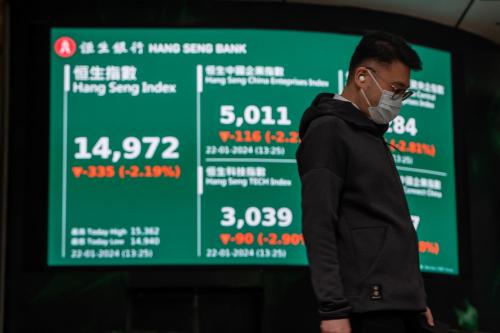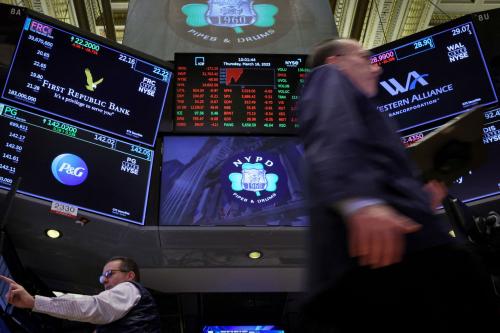The director general of the World Trade Organization, Pascal Lamy, minding the Doha Round negotiations that collapsed in Geneva on July 29, was in India last week and is in Washington this week.
A marathon runner who goes the distance in a 26-mile run, Mr. Lamy is not giving up when he is at the last mile. There are good reasons to predict that he will cross the finishing line.
At the outset, remember that every round has taken more to finish in recent memory than the previous one. The longest to date was the Uruguay Round, the last round of multilateral trade negotiations under the auspices of the General Agreement on Tariffs and Trade.
The Doha Round still has not exceeded significantly the Uruguay Round’s duration; and we have more countries negotiating and face thorny issues that remain after eight rounds of trade liberalization.
Nor should we forget that no round has ever failed. They often break down, are often thought to be in intensive care where the pessimists predict that they will expire, and they come back like the proverbial cat and are concluded. Doha will be no exception.
When the Doha talks broke down at the Cancun Ministerial meeting of the WTO, the principal players from the European Union and America publicly broke into acrimony. The post-collapse atmospherics this time in Geneva were altogether more amiable.
At the same time, as Mr. Lamy has pointed out, the Geneva meeting successfully resolved the specifics of 17 difficult issues, leaving only three to be thrashed out, of which the major one was the conflict on agricultural protectionism between India and America. When one probes the matter in depth, one immediately sees that a political compromise is within reach.
Essentially, America was making an offer to cap her trade-distorting subsidies at $14.5 billion which, in fact, exceeded its current payout, which is likely to be $9 billion or less. America has 2 million farmers. India, which has nearly two-thirds of its population in the rural sector, has small subsistence farmers. Faced with competition from subsidized, often large farms, India’s reaction has been exactly like that in the United States where nothing works up politicians and lobbyists more than the often-imagined, not even real, allegation that foreigners are subsidizing their products “unfairly.” So, just as America, fearful of competition from China, introduced an unprecedented product-specific safeguard in its bilateral agreement of November 1999 and a special textile safeguard during the transition to freer trade in textiles, India wanted a Special Safeguard Mechanism. It was, however, excessive and unacceptable to America, which had virtually pioneered the practice.
The central problem therefore arose from the fact that the U.S. offer on trade-distorting subsidies was too low, prompting an unacceptable Indian demand for an over-cautious SSM. Evidently the solution lies in America capping the distorting subsidies at a minimum of the current payouts: nothing prevents it from spending more instead on non-distorting subsidies which do not affect output (and hence trade) but which are given, for instance, for environmental improvements and for raising poultry and cattle in an ethically-acceptable fashion. In return, India could surely agree to a serious downscaling of the SSM.
This solution is not politically impossible. It requires America to move away further from distorting subsidies, and substituting them with non-distorting subsidies, a move that is surely possible even in a presidential-election year since total farm support can be maintained while its composition changes in a pro-trade direction.
Actually, there is a glimmer that America might be able to do just this. Thus, Reuters recently quoted the U.S. Agriculture Secretary, Ed Schafer, as saying that if the Doha talks were to get back on track, other countries would have to “pay” for American subsidy cuts by increased access to their markets. And that “if we have free access to rest of the world, maybe we can talk about reducing [our] cap a little bit.”
The grudging nature of this statement leaves an opening, especially when one remembers that some opening of developing-country agricultural markets already is in the agreed agenda.
The compromise, while doable, is above the pay grade of the trade ministers. Fortunately, both the prime minister of India and President Bush are for freer trade and are keen on the Doha deal.
For India, it also would please many in the Congress who have uncritically accepted the line that India alone is responsible for the collapse of the Doha talks, thus easing the Congress’s acceptance of the much-delayed nuclear deal.
For Mr. Bush, staggering under the collapse of his Pakistan strategy, a genuine multilateral triumph founded on collaboration between two great democracies would be an important part of his legacy. Can the two leaders pull it off? We believe they can.



Commentary
Op-edDoha: The Last Mile
August 21, 2008